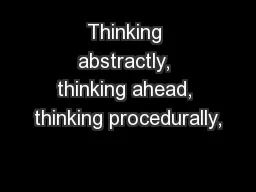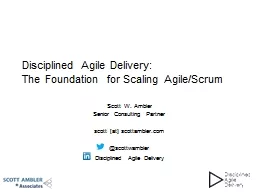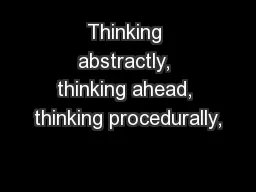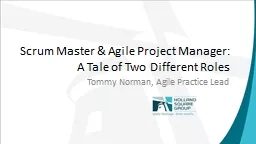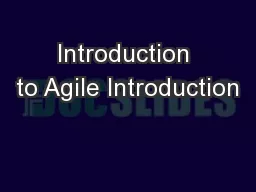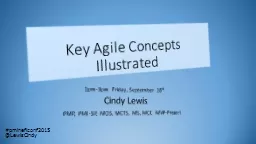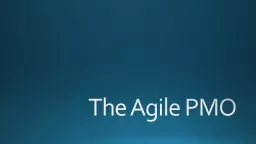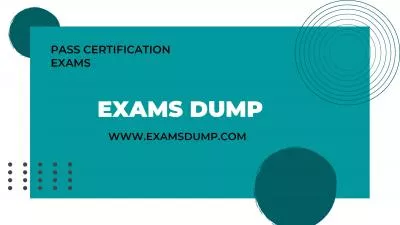PPT-Agile Thinking Defining Key Terms
Author : pamella-moone | Published Date : 2018-10-30
AGILE THINKING DIFFERENTIATED INSTRUCTION outcome of a continuous decisionmaking process where teachers search for academic diversity that will either strengthen
Presentation Embed Code
Download Presentation
Download Presentation The PPT/PDF document "Agile Thinking Defining Key Terms" is the property of its rightful owner. Permission is granted to download and print the materials on this website for personal, non-commercial use only, and to display it on your personal computer provided you do not modify the materials and that you retain all copyright notices contained in the materials. By downloading content from our website, you accept the terms of this agreement.
Agile Thinking Defining Key Terms: Transcript
Download Rules Of Document
"Agile Thinking Defining Key Terms"The content belongs to its owner. You may download and print it for personal use, without modification, and keep all copyright notices. By downloading, you agree to these terms.
Related Documents


